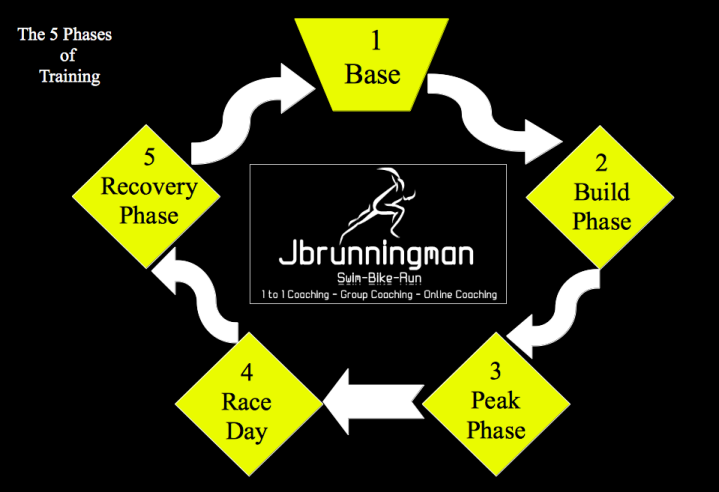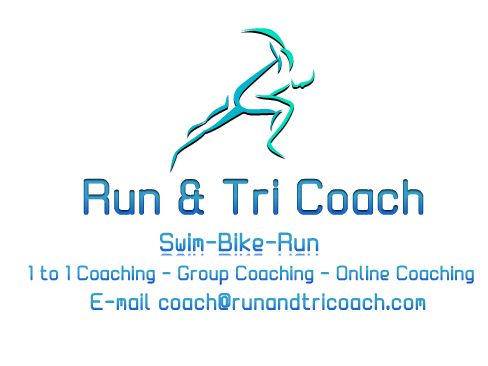Phases of Training - Step 2
Training, February 02, 2016
Build Phase Part 1 & 2
With reference to the previous article on the different phases of training, within this article we continue onto the next phase, The Build Phase ( Part 1 & Part 2 ).

This next article will touch upon my thought process and reasoning behind The Build Phase of training and my principles. The build phase is step 2 of our 5 phases of training. This phase can not exist successfully/injury free without phase 1 and is a key element in taking us into step 3 The Peak phase.
The build phase is generally between 6-8 weeks long. This can be longer though, depending on the type of event the athlete is training for and their current fitness levels, the longer the phase i tend to split this into 2 parts Part 1 & Part 2. With part 1 I introduce the athlete to faster paced training, whilst maintaining good form with the focus now turning to how the athlete responds to the new feeling of being uncomfortable during the session. With the integration of these faster paced sessions the body learns to be able to run in an uncomfortable state which can be sustained for roughly between 8-12km before the onset of exhaustion. There are further physiological adaptations that occur along the way to your cardio system along with the muscular system being able to sustain more stresses throughout and adapting to the faster pace of your current running form. I always try and incorporate strength work for my athletes when we meet, so i n this phase the sessions can be more specific to running form, working on Balance-coordination and agility are key for a whole body approach. Within Part 2 of the build phase i will start to add in a few more high intensity sessions that really start to tax the body's energy systems. In theses sessions we are not going all out but working at or just over our threshold. The sessions here can be very uncomfortable and long in duration, the athlete's anaerobic system will further develop which will give them the ability to run longer in a uncomfortable state holding good running form without fatigue.
Although we have now moved into our Build phase of training we cannot and should not forget some basic principles. Those steps are known as "The Principles of Training" :- Specificity - Overload - Recovery - Adaptaion and reversibility. You can read more about the training principles in an earlier article i wrote, CLICK HERE to read more.
If your an experienced athlete but looking to enhance your next season and/or are taking on in an event for the first time and would like to talk to me, just email me by CLICKING HERE.
Look out for the next article on Phase training part 3 - The Peak Phase
Disclaimer
